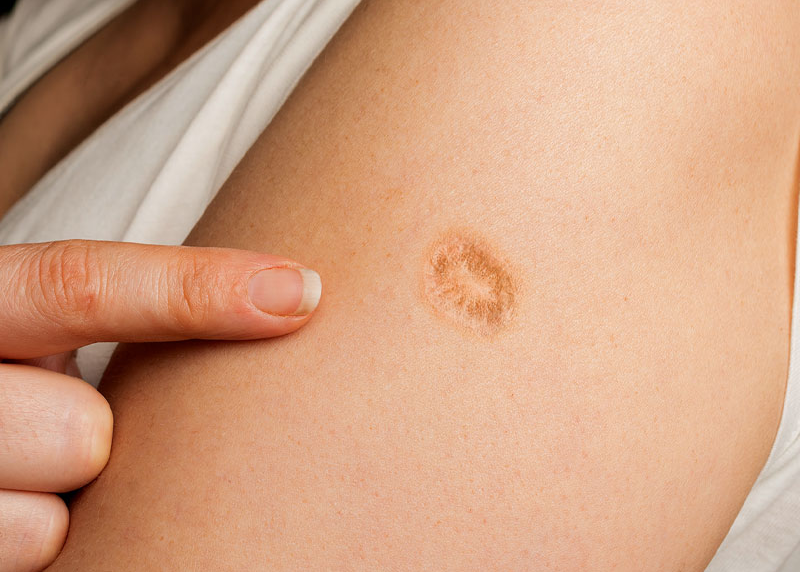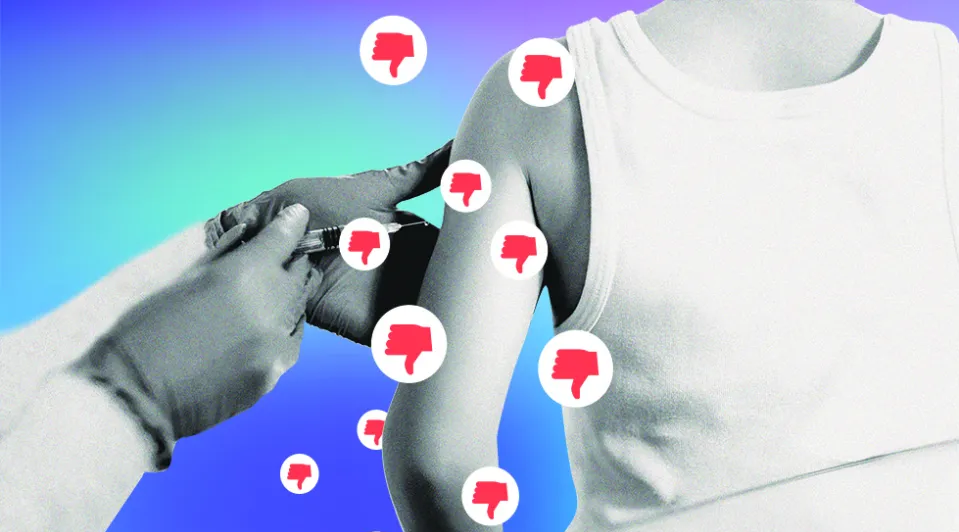In 2008, the FDA issued a warning advising that it would investigate a possible risk of suicide associated with Merck & Co.’s asthma and allergy drug Singulair after there were many reports of increases in agitation, aggression, anxiety, depression and suicidal thoughts. Hallucinations also were documented for children and adolescents taking Singulair. When the drug’s patent was about to expire in 2012, Merck attempted to get it approved for over-the-counter use but the FDA advisory panel voted 11-4 against approving that request in 2014.1
On Mar. 4, 2020, the U.S. Food and Drug Administration (FDA) augmented the agency’s existing warnings about serious behavior and mood related changes associated with Montelukast (brand name Singulair—a prescription medicine for asthma and allergy. The FDA said that, although prescribing information already includes warnings about mental health side effects, including suicidal thoughts or actions, many medical professionals, patients, and caregivers are not aware of the drug’s risks. The FDA’S labeling changes required a Boxed Warning to be added to the prescribing information that describes the serious mental health side effects and a new patient Medication Guide to educate patients about the drug.2
According to the National Institutes of Health (NIH), a Boxed Warning is the highest safety related warning that drugs can have assigned by the FDA. The purpose of the warnings is to bring the consumer’s attention to the major risks of the drug.3
Singulair Associated with 82 Suicides
The FDA’s black box warning for Singulair says the drug can cause ‘serious neuropsychiatric events’. It has been found in animal studies that the drug can cross the blood-brain barrier and interfere with neurotransmitters. The FDA analyzed data from 1998 to 2018 and found the drug was associated with 82 suicides, 19 of which were children. It also received thousands of reports of adverse events, such as depression after people started taking the drug.4
Although the 2020 FDA box warning was primarily for physicians prescribing the drug who are supposed to communicate the adverse effects to patients, new data shows that the number of prescriptions of the drug have not changed at all, with 12 million prescriptions written in 2022. The number of prescriptions for children dropped slightly from two million in 2020 to 1.6 million in 2022.
Some Doctors Unaware of Singulair’s Boxed Warning
Although the FDA sent out an alert via email flagging the warning to medical groups, as well as published an article on the risks of the drug in a medical journal, some doctors have reported that they were unaware of the warnings regarding Singulair’s adverse effects. Many physicians do not read the fine print on the drug’s label.
Reshma Ramachandran, MD, a family physician at Yale University in Connecticut, stated that a lot of physicians did not know about the drug’s serious side effects. She said the FDA needs to make an active effort to communicate drug side effect issues directly with physicians, such as requiring mandatory retraining of doctors to make them aware of the risks of drugs.5
Patients Turn To Social Media to Look for Answers Regarding Adverse Effects of Singulair
A Facebook support group called the Montelukast (Singulair) Side Effects Support and Discussion Group has over 20,000 people who have shared their adverse effects experiences using Singulair. Nicole Sims, a mother of a six-year-old boy, said she had never heard of the FDA warning until she searched on the Internet after her son started having nightmares and hallucinations about a woman in the window and told her that he wanted to die.
People in the Facebook support group said they learned about the drug warnings from their peers and not their doctors. Anna Maria Rosenberg, an administrator of the Facebook group stated, “It’s a mental health crisis that nobody is recognizing.”6
If you would like to receive an e-mail notice of the most recent articles published in The Vaccine Reaction each week, click here.
Click here to view References:1 O’Brien J. NYT story renews concerns over asthma drug Singulair’s psychiatric risks. Medical Marketing and Media Jan. 11, 2024.
2 U.S. Food and Drug Administration. FDA requires Boxed Warning about serious mental health side effects for asthma and allergy drug montelukast (Singulair); advises restricting use for allergic rhinitis. Jan. 24, 2024.
3 National Library of Medicine. Box Warning. National Institutes of Health June 17, 2023.
4 Andrews L. Childhood asthma drug linked to dozens of suicides and frightening hallucinations of ‘red-eyed demons’ is STILL being prescribed to 12m Americans each year – despite FDA warning in 2020. Daily Mail Jan. 10, 2024.
5 Ibid.
6 Steinberg B. Commonly prescribed asthma drug, Singulair, linked to mental side effects. New York Post Jan. 10, 2024.














One Response
Dr. Yandell Henderson was the Director of the Human Physiology Laboratory at Yale University Medical School at the turn of the previous century. He was regarded as the foremost expert on gas physiology and toxicity in the world, and he led a team of international experts who performed important studies on respiratory physiology at the turn of the previous century. He proved that spontaneous hyperventilation during surgery depleted body reserves of carbon dioxide, which disrupted the mechanism of oxygen transport and delivery, causing deaths during surgery and unexpected postoperative respiratory arrests and deaths after patients had seemingly recovered from ether anesthesia. He performed animal and human clinical experiments that revealed the powerful therapeutic properties of carbon dioxide. He discovered that carbon dioxide is a powerful, practical, and safe treatment for asthma, atelectasis, pneumonia, heart attacks, strokes, alcohol inebriation, narcotic overdose, carbon monoxide poisoning, drowning, smoke inhalation, and newborn babies with breathing problems. As a result of his research doctors began to embrace the use of Carbogen, which is a mixture of carbon dioxide and oxygen in a pressurized tank, to treat these maladies, and Carbogen became commonplace on fire trucks in major cities as well as hospitals. All that changed when Dr. Ralph Waters, the founder of the anesthesiology profession, characterized carbon dioxide as “toxic waste, like urine” that must be “rid from the body” to vilify the reputation of the nurse-anesthetists who dominated anesthesia service after WWI. Today the mechanism of oxygen transport and delivery, which is perhaps the most important and best-understood physiological mechanisms yet discovered, is mysteriously banished from medical textbooks.1-6
Carbogen is the ideal treatment for emergency cardiorespiratory resuscitation. Tanks of carbogen should be standard equipment on police cars, fire trucks, next to fire extinguishers, and everywhere there might be need for cardiopulmonary resuscitation. It is incredibly safe, effective, and easy to use. By comparison the Red Cross CPR measures are worthless and ridiculous. http://www.stressmechanism.com
1 Coleman, L. S. Intraoperative Hyperventilation May Contribute to Postop Opioid Hypersensitivity. apsf Newsletter Winter 2009-2020 (2010). .
2 Coleman, L. S. A call for standards on perioperative CO(2) regulation. Can J Anaesth (2011). https://doi.org/10.1007/s12630-011-9469-7
3 Coleman, L. S. Four Forgotten Giants of Anesthesia History. Journal of Anesthesia and Surgery 3, 1-17 (2015). .
4 Coleman, L. S. The Great Medical Hoax of the 20th Century. (2022). .
5 Coleman, L. S. Oxygen Transport and Delivery. https://www.youtube.com/watch?v=efi9v86isSw&t=117s (2022). .
6 Coleman, L. S. CO2, A Powerful Tool to Reverse the Ravages of Stress. Contentment Magazine Summer 2022 (2022 Summer). .